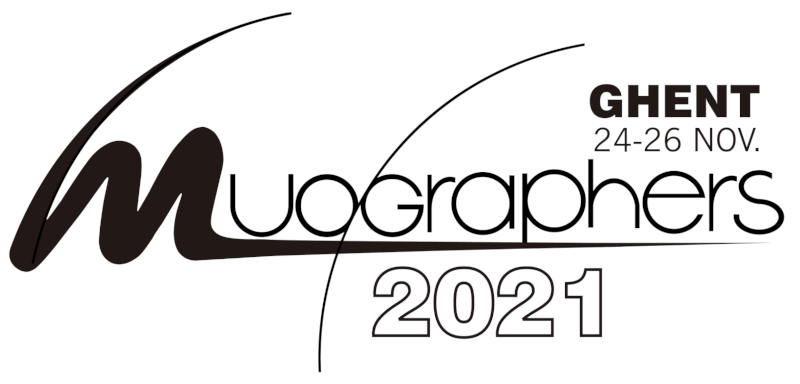Speaker
Description
Ageing civil infrastructure poses a huge problem for the modern world. In the example of transport bridges, structural integrity defects can result in disruption, massive economic losses, and in extreme cases of failure, even tragedy. Inspection technologies in use today can hardly be called ideal: X-rays can provide high-resolution images but their usage is restricted by health and safety regulations; on the other hand ultrasound and ground-penetrating radar, are safer, but suffer from limited penetrating depth and/or poor resolution. There is an emerging technology that can be used to image these large structures: muon imaging. This technique does not have the drawbacks of the more conventional non-destructive testing methods. It is well known that the cosmic ray muon has a very high penetrative capability due to its high average momentum and its large mass. Muon imaging techniques are only reliant on background radiation and do not require hazardous man-made radioactive sources. In this paper, we developed Monte Carlo simulations to study the performance of muon imaging methods on thick reinforced concrete structures. Image reconstruction methods such as POCA, MLEM etc. were used with varying parameters (such as tracking detector resolution, diameter of steel reinforcement bar and thickness of the concrete structures) to assess the effects of outside factors on imaging performance. The effect of the tracking detector noise on the image quality was also investigated. The experimental result of a reinforced concrete block is also shown in this paper, and it agrees well with the simulation results.




